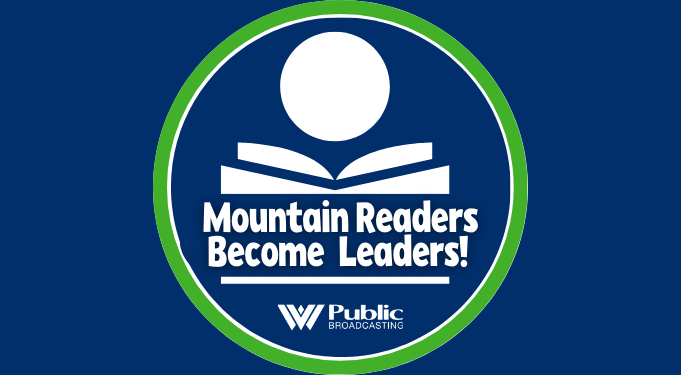Food Banks Face Challenges And The History Of Halloween, This West Virginia Week
On this West Virginia Week, food banks face challenges as SNAP benefits are delayed and the government shutdown continues. Also, an influx of cash may help lift people in Mercer County up out of poverty. We also explore the roots of Halloween.
Continue Reading Take Me to More News





















